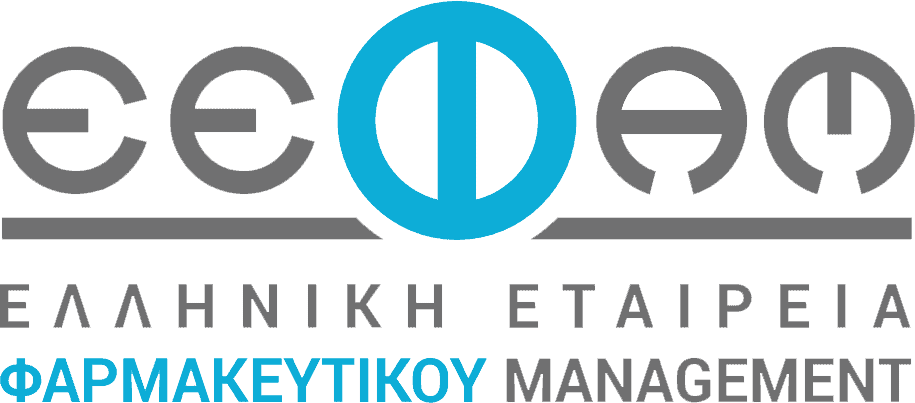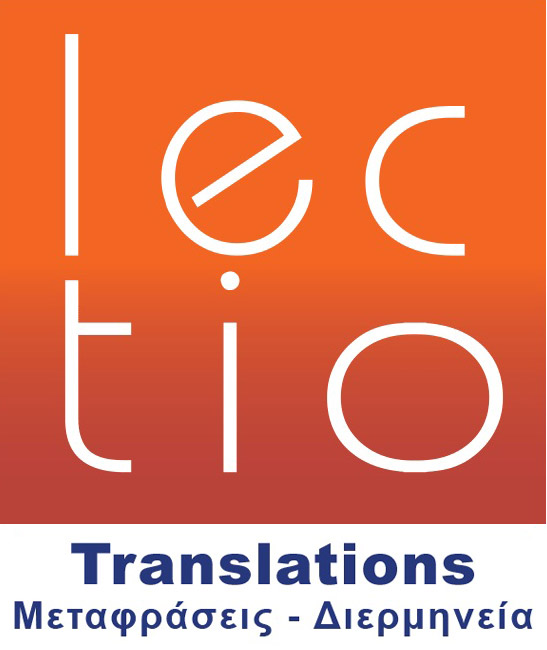Blog
Blog
ChatGPT Isn’t Coming for Your Marketing Business

Two months have passed since the latest model of ChatGPT was released and it’s fair to say that the media and creative industries are living in a moment of self-doubt. While AI is far from a new technology, its real-world applications were previously mostly limited to data-focused tasks such as analytics and process automation. The latest generative AI tools, however, have exceeded most of our expectations in their ability to produce creative content – something which, until very recently, was believed to be the sole preserve of humans.
Now that tools such as ChatGPT-4 and DALL-E have cast doubt on this assumption, concern is rapidly spreading across the media and marketing industries. On May 2nd the Writers Guild of America announced a collective strike, citing the “regulation of material produced by AI and similar technologies” as one of the key demands, while digital publications have been closing segments and axing jobs in efforts to remain profitable.
These concerns are valid in many ways. The latest advances in AI are impressive and any industry needs to keep a close eye on trends to understand whether they pose serious threats. But letting a culture of fear dominate isn’t wise either. This is not the first time that imposing new technology has put the future of whole industries under question. We might note, for example, that crypto is no closer to putting central banks and fiat currencies into obsolescence.
Though we can’t deny the reality that generative AI is going to have an impact on the way marketing and media companies operate, it’s far from game over. By employing a “first principles” approach we can unpack the hype surrounding generative AI to get a more realistic picture of what the future will hold for the media and marketing industries.
Applying the first principles approach
For the purpose of this article we’ll focus on three of the most prominent concerns that the media and marketing industries are currently grappling with in the wake of generative AI. These are:
- Editorial work can be outsourced to AI
- AI will outperform content marketers
- Digital media will become autonomous (or media will become unsustainable to run)
Editorial work can be outsourced to AI
Let’s start with editorial which, at the moment, is an area of the industry that many assume could be the worst hit by the latest advances in generative AI. ChatGPT has shown itself capable of producing articles of a consistently passable standard from just a collection of prompts at a speed that far surpasses human writers. What’s more, the software is constantly improving, as machine learning is built to do, meaning that content will become more accurate and specific over time. That said, we don’t believe it’s wise for anyone to adopt this approach and outsource editorial content production to AI.
However, Google’s advocate John Mueller said that Google will count AI-generated content as spammy content. This means that companies relying on AI to produce editorial will be penalized, undermining the main business objective of the activity.
AI can certainly beat writers in terms of speed, but adopting this approach becomes illogical when we apply first principles reasoning to the fundamentals of the problem. And though it’s true that the future of search engines has also come under question thanks to ChatGPT, it’s unlikely it will result in a drastic shift in the way these operate.
People like how search works — and many don’t like AI.
This past month, Snapchat rolled out its new AI chatbot to all of its global users, after trying it on Snapchat Plus subscribers. Iit hasn’t exactly been met with universal acclaim, according to reports tracking the app’s ratings on the App Store. As spotted by TechCrunch, Snapchat’s average U.S. App Store review was 1.67 stars, with 75% of those reviews being one star.
Additional data from Apptopia showed that ‘AI’ was the most common keyword in reviews during the period.
AI will outperform content marketing
Next, let’s move on to marketing. The core purpose of marketing is always about driving new business. While there are certain tasks and elements that can be taught and replicated, such as a template on how to create a case study or produce educational blogs, the success of a campaign depends upon a detailed and nuanced understanding of the business and its position in the current market.
While the tool has access to a phenomenal amount of information, its training data only goes up to 2021. It doesn’t have knowledge of more recent events, breaking news or the latest industry trends meaning that your content may fail to offer readers valuable insights or even deliver inaccurate advice, devaluing the impact of the content in the long run. Google’s Bard model uses more real-time information, but currently delivers lower quality results.
In addition, high-quality brand marketing often relies on the power of real-life examples and lived experiences that demonstrate the expertise of a company and its team. Generative AI won’t have access to business situations that take place offline such as meetings or conferences. Here, the tool risks falling short in terms of the creativity and personalization needed to build a high-performance marketing campaign.
In short, AI may be able to output content at an unmatched pace of delivery, but it won’t understand what matters to your audience when it comes to gaining new business leads and converting them into customers.
Here, it’s also important to consider IP and copyright. As with our previous point that highlights how AI-produced editorial is going to be bad for SEO, content marketing produced by AI will only ever be a clever reproduction of material that’s already publicly available online.
This means it won’t be original, it can’t be copyrighted and it risks falling foul of breaching IP rights from the original content creator.
AI can save time on many tasks related to content marketing, but relying on it won’t guarantee you results when it comes down to the original business objective of driving sales.
Digital media will become autonomous
Since the capabilities of ChatGPT became apparent a number of media companies have openly shared plans to adopt an AI-first approach. BuzzFeedquietly started publishing fully AI-generated articles that are produced by non-editorial staff and it’s reported that CNET had already produced over 70 articles using AI.
Yet when it comes to analyzing our third scenario it’s important to remember that ChatGPT is just the latest in a long line of disruption stemming from technology.
The transition from print to digital 20 years ago was a seismic, shift that forced news outlets to drastically reconsider the legacy business models. In order to monetize digital readership in this new era, publications largely fell into two categories: Those that generated revenue from paywalls and those that relied on ad revenue.
Next came the trend of media sites constantly pivoting their content strategy to the will of Big Tech firms that had a dominant hold on online audiences. Rather than “finding a newsworthy story,” the thinking changed to “find the SEO angle” or “find the Facebook angle.”
Here we can already have the evidence of how these trends played out. Writing headlines that performed well on social media didn’t equate to loyal readers nor sufficient revenue from ads to be sustainable, as seen with BuzzFeed News closing, Business Insider axing 10% of staff and Vice having reached bankruptcy. In contrast, publications like the New York Times and Wall Street Journal that focused on paywalls and quality reporting have been able to retain millions of subscribers.
Dan Abrams, chief legal correspondent for ABC and media entrepreneur behind Mediaite, says his company saw record engagement once it started to push away from social media and search distribution to focus on a content strategy that prioritized a specific readership.
Using first principles reasoning here actually offers the media industry a positive outlook. There’s no point trying to compete with AI when it comes to efficiency; publications, rather, can compete by serving quality reporting to specialized audiences.
What should company strategy for AI be?
Let’s take a step back further from marketing to ask how does generative AI help your business improve? Iteratively. It has two purposes — to add value on key goals, and to save time. And often the second is forgotten, when in fact, it’s often the more important of the two. There’s so much talk about adding value, particularly for longer-term work, and almost none about the fact that the work is adding time.
The current hype surrounding generative AI is similar to the conversations around Big Data last decade. In 2011 McKinsey put forth that “Big Data will become a key basis of competition, underpinning new waves of productivity growth, innovation, and consumer surplus.”
Yet in 2023 we can see the promised benefits didn’t materialize: only 26.8% of firms reported having forged a data-culture.
But at a macro level, its suggestions tend to homogenize, and they’re only as good as the wisdom of the crowds, which is often the exact opposite of wisdom.
Seeing through the hype
Recent advances in AI have dominated headlines for most of this year. Though the technology is clearly impressive, it’s also being surrounded by a great deal of hype. This is far from the first time that a new piece of software has been touted as a permanent game-changer and won’t be the last.
Given generative-AI’s powerful content-producing abilities, it’s natural that many of us across the media and marketing industries have been caught up in the hype. However, when taking a step back and looking at the situation using a first-principles mindset helps us see that ChatGPT won’t spell the end for the industry.






